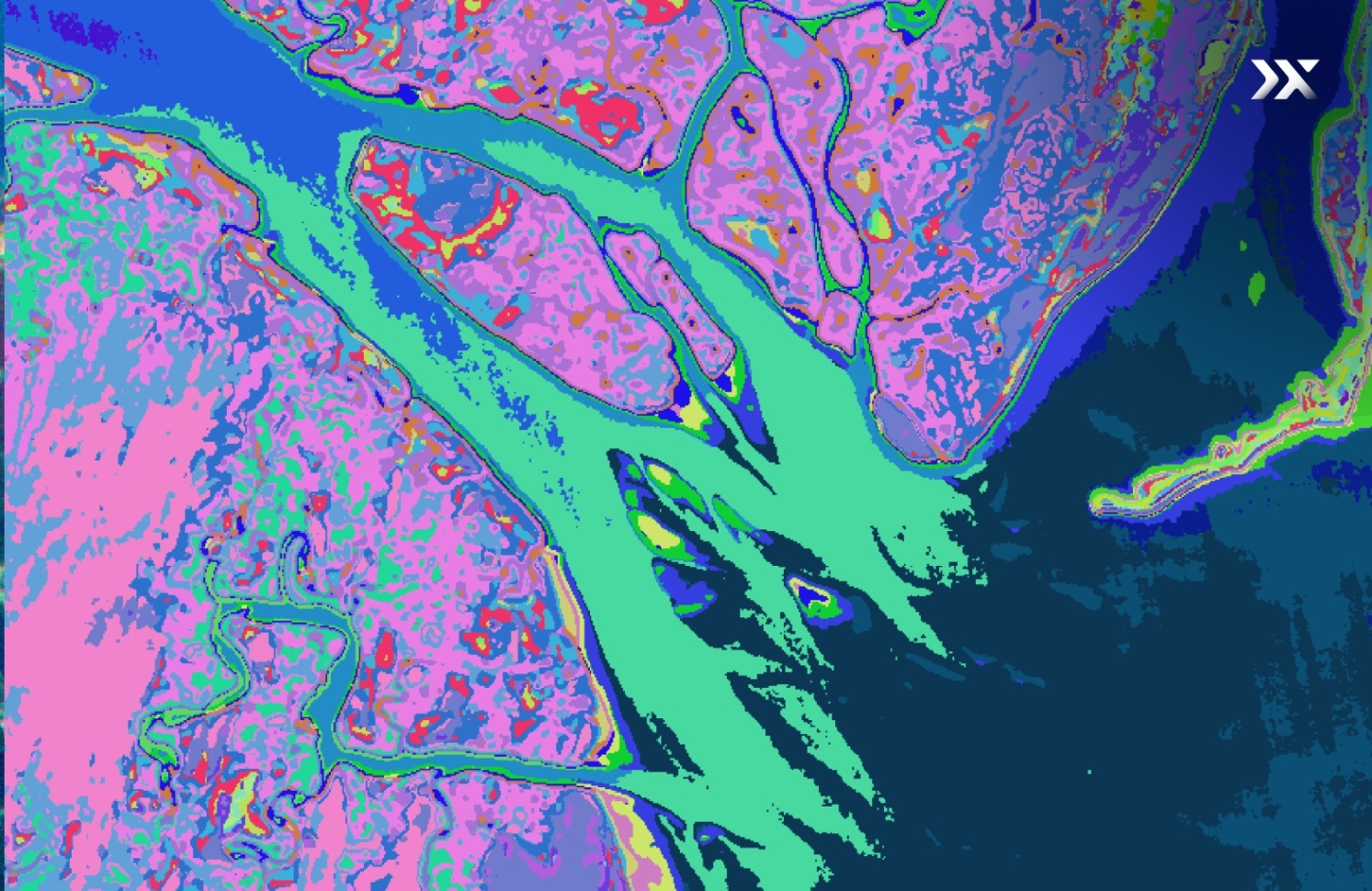How hyperspectral data can keep tailing storage facilities secure
25th January 2019, 12:28 PM: Workers at the Córrego do Feijão iron ore mine outside Brumadinho in southwest Brazil were having their well-earned lunch break in the site’s cafeteria when Dam 1 ruptured. It released more than 12 million cubic metres of tailings (consisting of water, mud, chemicals, and metals) with such force that it swept away a railway bridge, nearly three kilometres away. Tragically, the outflow impacted the cafeteria, the mine’s administration offices, villager‘s houses, farm buildings, and the Paraopeba river, the region’s main source of water.
By the end of the day, 270 people lost their lives, the surrounding area suffered an environmental disaster, and the owners experienced an economic crisis. And this is just one of the many catastrophic tailings dam failures.
What are tailings dams?
Tailings are the leftover materials from the mining process, consisting of a mix of finely ground solids like rocks, process effluents, sand, and silt that can also contain toxic or radioactive heavy metals such as arsenic, lead, cadmium, and mercury. Tailings dams are some of the largest engineered structures on earth, essentially, earth-filled embankment dams are built to store all the byproducts of mining operations in place.

A study of the available tailings dam databases indicated that since 1915, 257 failures have resulted in 2,650 fatalities and the release of 250 million cubic metres of contaminated residues into the environment. Shockingly, nearly 50% of the released volumes were recorded after the year 2000.
It isn’t hard to understand why there’s a need for the accurate, reliable, consistent, and affordable monitoring of tailing dams. However, that’s easier said than done.
Current ways of monitoring tailings dams’ structural integrity
Unlike water retention dams, the height of a tailings dam typically increases throughout the lifespan of the respective mine. After a dam is created and filled to capacity with tailings and water, it is raised. The materials used to raise the dam can include the tailings itself, if suitable. This process repeats as needed.
Many ground-based solutions exist to monitor tailings dams, including groundpenetrating radar (GPR) and seismic sensors, similar to those that detect earthquakes. GPR was used in the aftermath of the Brumadinho disaster to identify and locate buried bodies, structural buildings, and equipment. However, given the size of these structures, remote sensing technologies often prove to be much more cost and time-effective.

A remote sensing technique often suggested is InSAR: a form of radar processing that can measure very precise ground movements. Although it can provide invaluable insights into the stability of tailings dam walls, it is a complicated technology that requires time and expert processing and analysis. Further, multispectral imaging data is limited to 10 spectral bands, making it difficult to accurately identify the target substances and materials using their spectral signatures.
Here’s where hyperspectral imaging comes in.
Why hyperspectral imaging can help keep tailings dams safe?
Pixxel’s hyperspectral sensors can capture images across 250+ bands with a spatial resolution of 5 meters and use these very narrow spectral bands to collect data. Since hyperspectral imaging produces an almost continuous spectral signature of the materials within the image, it makes for a great solution for monitoring tailings dams.
Tailing ponds can also be a source of acid drainage (usually by microbial action on sulfide ores) that can result in their leaching into the surrounding environment. This implies a critical need for permanent monitoring and treatment of water passing through the tailings dam.
Since water and acid have different pH values, this implies different spectral profiles. Hyperspectral imaging can monitor these and show variations with less time and effort. Soils and vegetation also have altered hyperspectral signatures when contaminated. Therefore, they can be compared to expected responses from known materials to identify leaching.
Pixxel's hyperspectral sensors can provide critical insights into the chemical compositions of the slurry within these tailing dams. This technology is also capable to take prudent and timely decisions to save people, the environment, and businesses.
To learn more about how Pixxel’s hyperspectral satellites can benefit your organization get in touch here.




